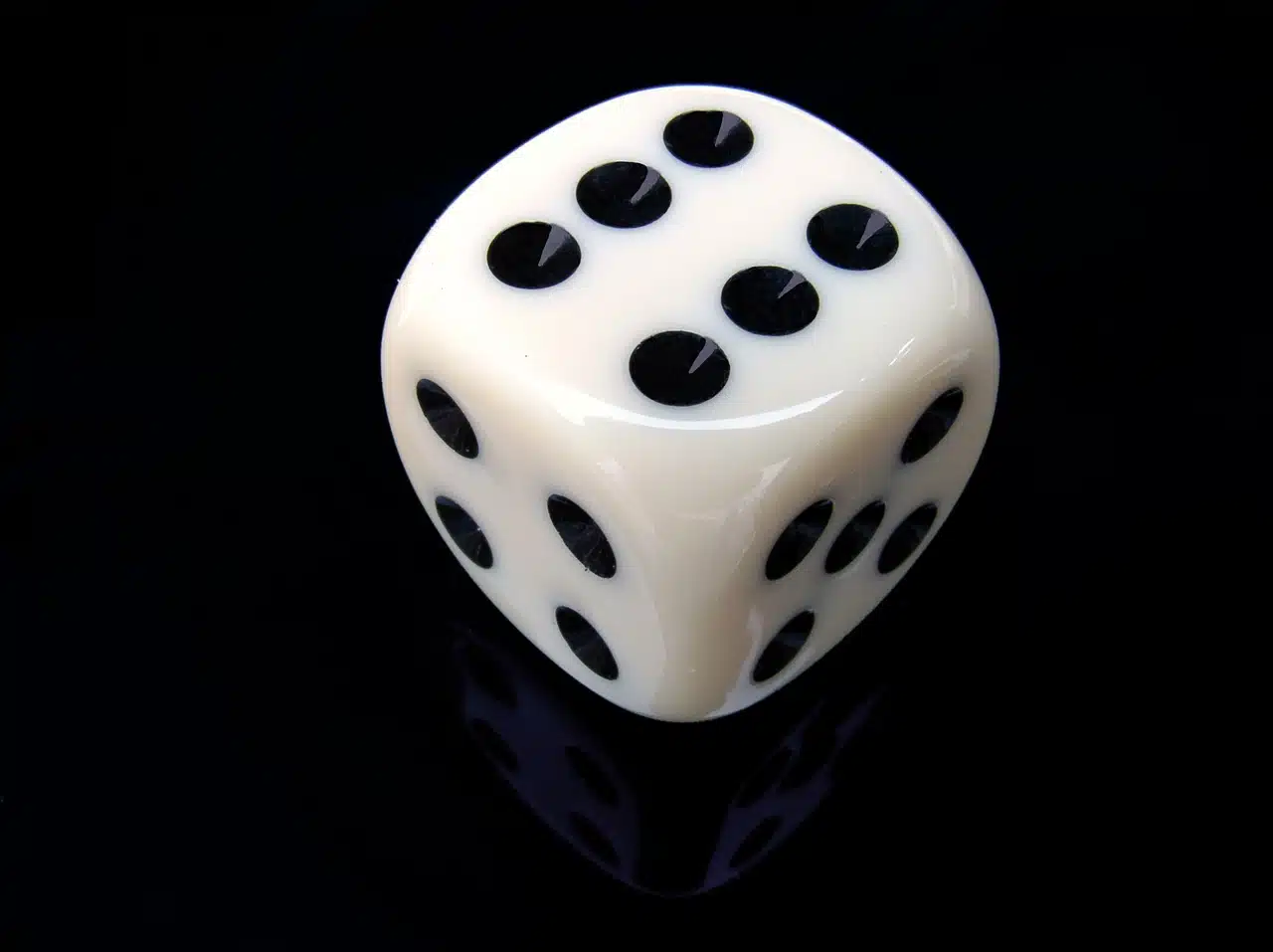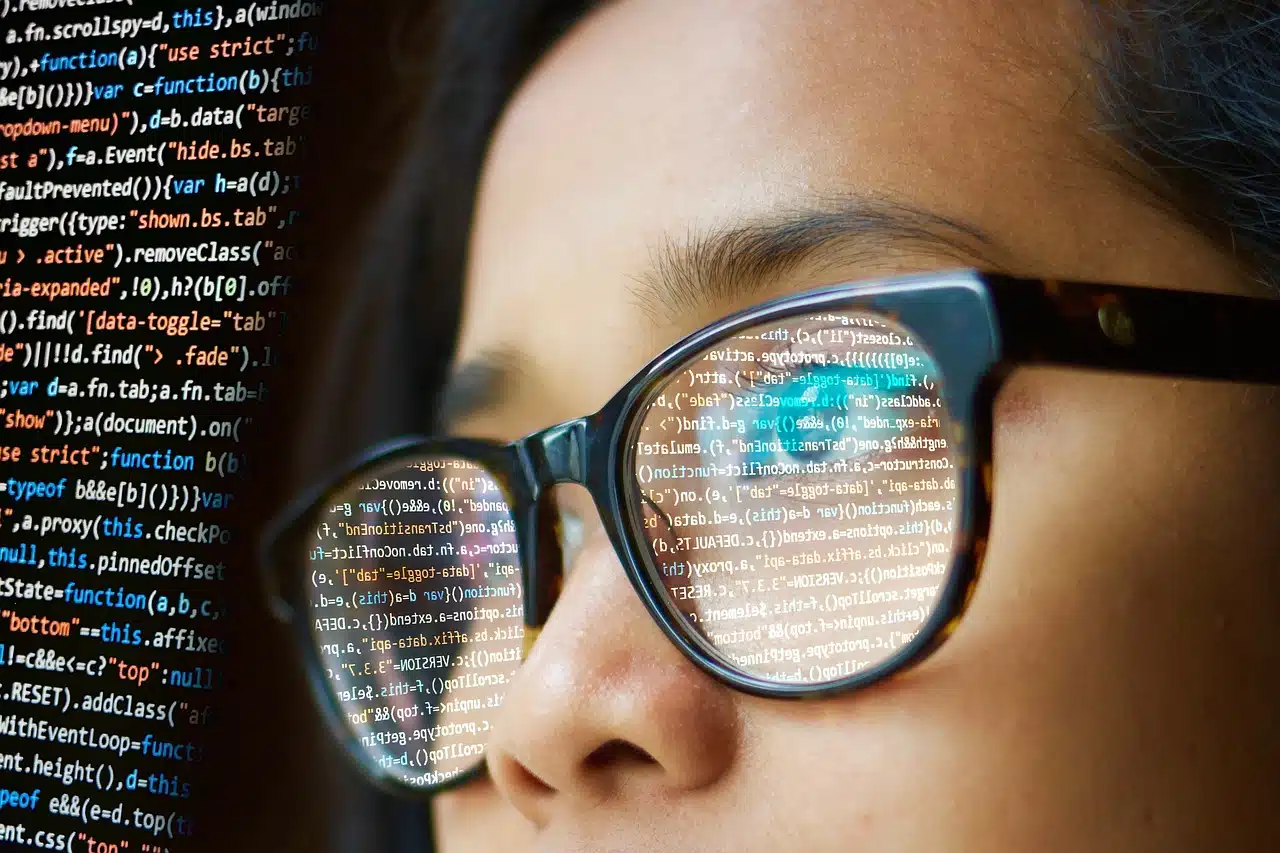
The sample space of a die is the numbers 1, 2, 3, 4, 5 and 6, which constitute its sample points.
The sample space is the group of all the specific results that can be obtained after random experimentation . Each of its components of a sample space, also known as a sampling space , are defined as sample points or, simply, samples .
It is important to indicate that the concept of space (a word originating from the Latin spatium ) refers to the area that manages to contain existing matter, the capacity of a territory or the portion occupied by a sensitive object. The term has fifteen meanings recognized by the dictionary of the Royal Spanish Academy (RAE) .
Sample , for its part, is what belongs to or is related to a sample (as the part that is extracted from a set by some method is known that allows it to be considered representative of it). A sample is also an evidence, demonstration, proof or sign of something.
Sample space example
To cite a case as a concrete example of sample space: if the test is based on throwing a die, the sample space will be made up of the sample points identified as the numbers 1, 2, 3, 4, 5 and 6 , since those are the possible results of the action of rolling the die. Therefore, it can be established that the sample space of the experiment is U = {1, 2, 3, 4, 5, 6} .
It should be noted that, in certain cases, experiments may have two or more possible sample spaces. The experiment of taking a card from a Spanish deck, for example, has a sampling space made up of the numbers and another sample space made up of the suits. The most complete description, then, should include both values (number and suit) on a Cartesian axis.

The idea of sample space is used in programming.
Classification according to type
Sample spaces can be classified as discrete (when the number of basic events is finite or countable) or continuous (in cases in which the number of basic events is infinite and, therefore, impossible to count).
Given its statistical nature, this concept is used in various situations related to marketing. For example, when designing a new product, or a version of an existing one, it is necessary to carry out a demographic projection to anticipate its potential impact on the market; Within these studies, the aim is to group consumers into sets labeled by gender, age and other properties, depending on the company and the product itself. This analysis has a minimum of two parts: one that takes place before the launch and another that occurs after, to contrast reality with the expected numbers .
In the same way, candidates to occupy political positions usually rely on sample spaces during election times to try to anticipate the results of the votes, looking above all for the sector of the population that is least interested in their proposal; Based on the analyzes and having rationally decided which possible scenario to pay more attention to, they develop their electoral strategies . As with the launch of a product on the market, it is necessary to compare the advances with the real facts to modify any decision that has taken the campaign on the wrong path.
Sample space in programming
In programming, sample spaces can have many purposes, as well as shapes. One of its implementations consists of studying a limited series of events that can take place in the supposed case of a collision between two objects (which can be characters or inanimate elements).
Within the same computing context, this concept is usually associated with the term special case , which refers to a situation that is not very common but that can occur and it is necessary to anticipate and decide the appropriate procedure to address it. During the development of a program, it is necessary to repeatedly review the potential results of code execution to reduce the number of errors as much as possible.
